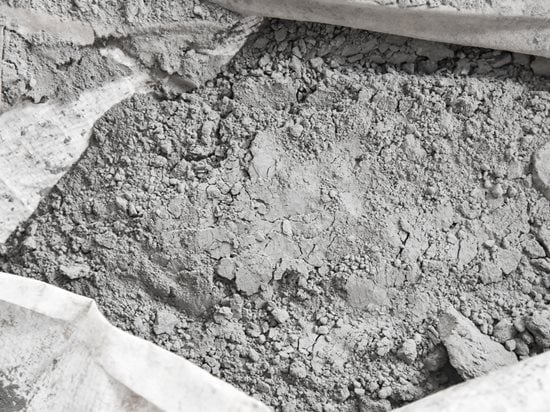WHAT IS CEMENT?
Cement is a powder used to make concrete
Cement is a fine gray powder that is mixed with water and other substances to make mortar or concrete. It is a key building material in both residential and commercial construction work.
CEMENT VS. CONCRETE
The words cement and concrete are often used interchangeably. However, cement is actually an ingredient of concrete, not the final product. Cement is important becasue it binds, or holds, the concrete mix together, giving it strength.
History of Cement
The Middle Ages were a quiet time in the history of cement; any discoveries made during this era remain unknown, although masons are known to have used hydraulic cements to build structures such as fortresses and canals.
The Industrial Revolution in Europe in the late 18th century saw a flurry of new developments in cement and concrete, with important contributions made by John Smeaton, who discovered that the hydraulicity of lime was directly related to the limestone’s clay content, James Parker, Louis Vicat and Egor Cheliev.
The precursor to modern-day cement was created in 1824 by Joseph Aspdin, a British bricklayer and builder, who experimented with heating limestone and clay until the mixture calcined, grinding it and then mixing it with water. Aspdin named this Portland Cement, after the famously strong building stone from the Isle of Portland in Dorset, UK. His son, William Aspdin, made the first cement containing alite (an impure form of tricalcium silicate).
In 1845, Isaac Johnson fired chalk and clay at much higher temperatures than the Aspdins, at around 1400-1500oC, which led to the mixture clinkering, and produced what is essentially modern-day cement.
Since the 1900s, rotary kilns have replaced the original vertical shaft kilns, as they use radiative heat transfer, more efficient at higher temperatures. achieving a uniform clinkering temperature and produces stronger cement. Gypsum is now also added to the resulting mixture to control setting and ball mills are used to grind clinker.
Other developments in the last century include calcium aluminate cements for better sulphate resistance, the blending of Rosendale (a natural hydraulic cement produced in New York) and Portland cements to make a durable and fast-setting cement in the USA, and the increased usage of cementitious materials to store nuclear waste.
The Middle Ages were a quiet time in the history of cement; any discoveries made during this era remain unknown, although masons are known to have used hydraulic cements to build structures such as fortresses and canals.
The Industrial Revolution in Europe in the late 18th century saw a flurry of new developments in cement and concrete, with important contributions made by John Smeaton, who discovered that the hydraulicity of lime was directly related to the limestone’s clay content, James Parker, Louis Vicat and Egor Cheliev.
The precursor to modern-day cement was created in 1824 by Joseph Aspdin, a British bricklayer and builder, who experimented with heating limestone and clay until the mixture calcined, grinding it and then mixing it with water. Aspdin named this Portland Cement, after the famously strong building stone from the Isle of Portland in Dorset, UK. His son, William Aspdin, made the first cement containing alite (an impure form of tricalcium silicate).
In 1845, Isaac Johnson fired chalk and clay at much higher temperatures than the Aspdins, at around 1400-1500oC, which led to the mixture clinkering, and produced what is essentially modern-day cement.
Since the 1900s, rotary kilns have replaced the original vertical shaft kilns, as they use radiative heat transfer, more efficient at higher temperatures. achieving a uniform clinkering temperature and produces stronger cement. Gypsum is now also added to the resulting mixture to control setting and ball mills are used to grind clinker.
Other developments in the last century include calcium aluminate cements for better sulphate resistance, the blending of Rosendale (a natural hydraulic cement produced in New York) and Portland cements to make a durable and fast-setting cement in the USA, and the increased usage of cementitious materials to store nuclear waste.



Very nice
ReplyDelete